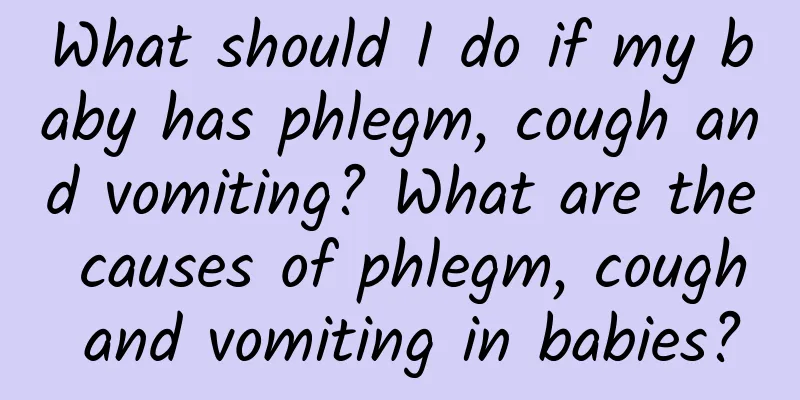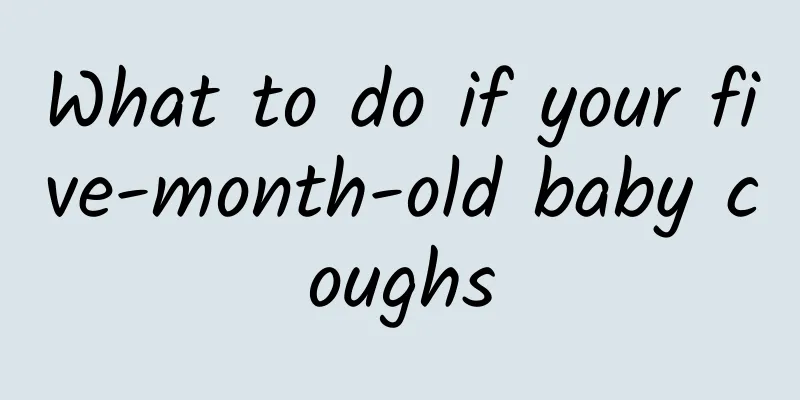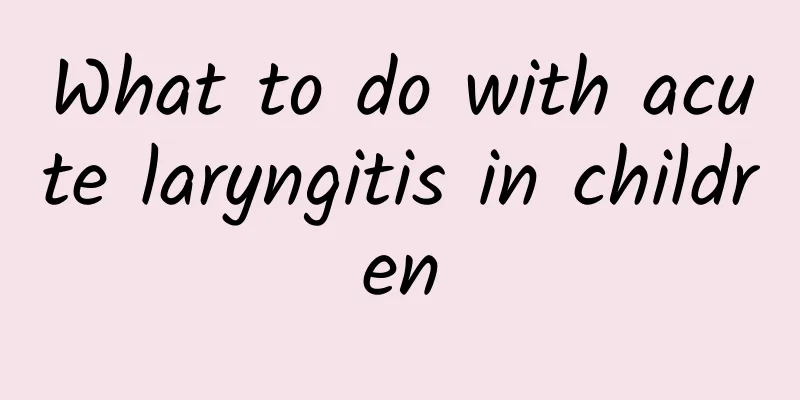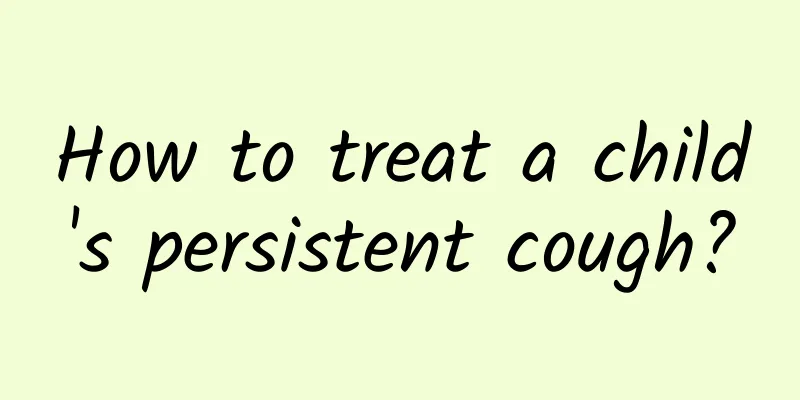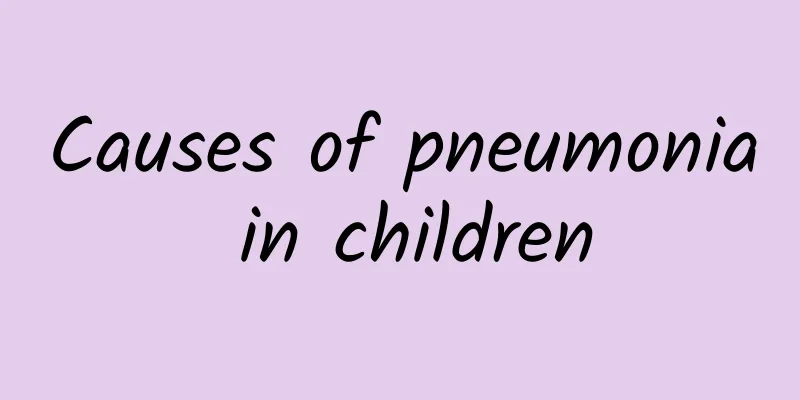What is the clinical nursing of acute laryngitis in children?

|
Acute laryngitis in children is an acute inflammation of the laryngeal mucosa and the main cause of laryngeal obstruction. It has an acute onset and progresses rapidly. If not treated in time, it may endanger the life of the child. From 2006 to 2008, the department admitted 79 cases of acute laryngitis in children, aged between 2 months and 15 years old. Through treatment and careful care, relatively satisfactory results were achieved. So, what are the clinical nursing methods for acute laryngitis in children? 1. Closely observe the child's breathing changes to prevent complications. Because the child's laryngeal cavity is small, the mucosa and submucosa are not tightly attached, and swelling is obvious during inflammation, which can easily lead to glottic fissure obstruction. In addition, the child's nervous system is not fully developed, and the coughing function is poor, so it is not easy to cough up the lower respiratory tract secretions in time, which can easily lead to worsening breathing difficulties. Therefore, the child's respiratory rate, rhythm, complexion, lip color, skin color and consciousness should be closely observed. If abnormalities are found, report to the doctor in time for treatment. If necessary, give low-flow oxygen inhalation and be prepared for tracheotomy at any time. 2. Oxygen nebulization inhalation. Commonly used drugs include dexamethasone, ephedrine, gentamicin, mucosolvan, normal saline, etc. The dosage is used according to the doctor's instructions, and the oxygen flow rate is adjusted to 5L/rain. The disposable oxygen nebulizer is simple and convenient to use. During the use, the nurse should stay by the child's bed and assist the child in inhalation, 3 times/d, and each inhalation time is 15-20 minutes. Nebulization of medication can allow the drug to reach the local lesion directly, and play a role in anti-inflammatory, detumescence, antispasmodic, expectorant, and improving ventilation function. 3. Use hormones and infection control drugs correctly and promptly according to the doctor's instructions. At the same time, closely observe changes in the child's body temperature. After using hormones, observe whether there is sweating and keep clothes clean and dry. 4. Try to make the child rest quietly, reduce crying, and avoid making sounds as much as possible to promote the recovery of the vocal cords. The nurse should be gentle, kind, caring and considerate to the child to eliminate his fear. Keep the ward clean and quiet, control the temperature at 18℃, the humidity at 60%, and ventilate regularly. Strengthen nutrition, give high-protein, high-vitamin, easily digestible liquid or semi-liquid diet, avoid spicy and irritating food, prevent choking and coughing when eating, avoid food choking into the trachea and causing discomfort, and pay attention to oral hygiene. Acute laryngitis is more common in winter and spring. Instruct parents of children with the disease to add or remove clothes for their children in time when the weather changes to prevent colds. If you find any discomfort, seek medical attention immediately to avoid delaying the disease. |
<<: What factors induce acute laryngitis in children?
>>: What food to eat to treat acute laryngitis in children
Recommend
What are the dangers of neonatal jaundice?
Neonatal jaundice is a common symptom. If not tre...
Causes of patent ductus arteriosus in neonates on echocardiography
Patent ductus arteriosus in newborns is a common ...
The best time and method of sun exposure for jaundice
Phototherapy is also what we call light therapy. ...
What to do if your baby coughs
Babies who have just turned one month old are ver...
What should I do if my three-month-old child coughs and has phlegm? What is the reason for my three-month-old child coughing and having phlegm?
If a 3-month-old child coughs and has phlegm, it ...
Effective folk remedies for treating neonatal jaundice
Effective folk remedies for treating neonatal jau...
What are the symptoms of ADHD in 3-year-olds?
The main symptoms of ADHD at 3 years old include ...
Eight-month-old child with diarrhea, coughing and sneezing
When an eight-month-old child has symptoms of dia...
What is the difference between pneumonia and bronchitis in children?
The differences between pneumonia and bronchitis ...
What diseases are likely to be complicated by acute laryngitis in children
What diseases are prone to complications of acute...
Is jaundice hepatitis contagious?
Whether jaundice hepatitis is contagious depends ...
What causes neonatal jaundice? 5 causes of neonatal jaundice
Neonatal jaundice can be said to be the most comm...
How to treat children's cold and cough? What are the symptoms of children's cold and cough?
It is common for children to have a cold and coug...
Are mumps and parotitis the same thing?
Are mumps and parotitis the same thing? 1. Mumps ...
What are the treatment stages for protein-energy malnutrition? What are the principles of nutritional treatment?
Speaking of protein-energy malnutrition, we may n...
